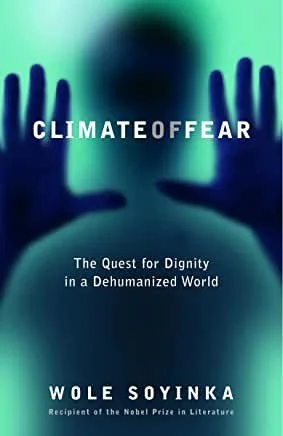Originally published in the Herald-Zeitung, December 9, 2023.
We are now in that rich and generous season of showing our love, admiration, and care for others through gifts, some of which are temporary gestures and others are gifts that “keep on giving.” As tangible forms, these objects that reveal thoughtfulness, care and love of others, represent love’s expression.
Recently, however, I realized another gifting through the engaging and transformative book on The Wisdom of Forgiveness by Victor Chan. He was a close friend of the Tibetan sage, the Dalai Lama years ago, and wrote of his experiences accompanying His Holiness through countries all over the world. The theme the Dalai Lama returned to for most of his life was Forgiveness; he saw it as a gift that one can bestow or gift to oneself and to others.
Ever since he was driven out of his beloved Tibet when the Chinese invaded his country in 1959, the Dalai Lama has lived in exile. Such forced homelessness, as his people were tortured and killed by Chinese invaders, would embitter any of us; to be homeless for decades was even more painful for one so in love with his people. Yet, through his Buddhist practices of compassion for others, his exile served him in ministering to people to its wonders across the globe.
His life on the road gave him a unique perspective on suffering and even in finding “joy in the sorrows of the world.” He taught that to dehumanize others in any form “was to dehumanize myself.” By contrast, “to forgive was actually the best form of self-interest.”
The road of compassion and the road of forgiveness are tightly interrelated, as is one of the essential beliefs of Buddhist thought held by the Dalai Lama: we are all interconnected in an intricate web of relationships. Nothing exists independently, by itself. Instead, the spiritual leader learned that everything is dependent on everyone and everything. To forgive is to be forgiven. To hate, to resent, to chastise, to brutalize others, is to perform the same intentions on oneself.
Forgiveness, however, opens one out of the cocoon of one’s own concerns, sufferings, torments, and frustrated desires that are most often self-inflicted. To forgive, on the other hand, is to widen one’s orbit of concern and understanding. It is also an opportunity to forge a larger relation, through stretching one’s understanding to care for others, things, and the Earth herself.
His biographer Victor Chan cites the Dalai Lama: “To reduce hatred and other destructive emotions, you must develop their opposites: compassion and kindness. They will help you in your spiritual development.”
I have recently made my own list of those who I would like to forgive this holiday season. I wrestle with beginning with myself, for the harm that I have caused others. I can recall treating others at times with disrespect, with ignoring them, or in knowing someone could use a phone call to comfort them and refraining from doing so. If I am to truly enter this season of giving, I must begin with for-giving.
Think of forgiving someone in the form of a phone call or a letter or a special note on a Christmas card telling them you care for and love them. In that small but critically meaningful act, you participate, in the words of the Dalai Lama, “in the future, which extends to global well-being.” His thinking is echoed, in attitude and practice, in the words of our own “Our Father” petition: “. . . and forgive us our trespasses as we forgive those who trespassed against us. . . .”
Begin with your own self-trespasses; in that single act you enter forgiving all the wounds against you, for we are all, finally, co-dependent on one another; it is where our deepest humanity is shared with others, extending out to the world at large.
Happy Forgiveness!






















